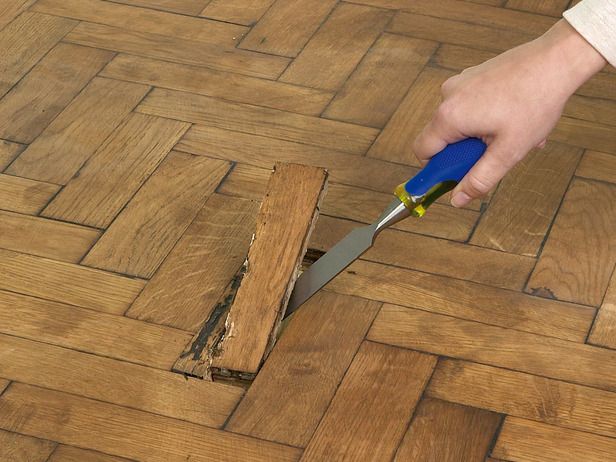5 Floor Problem Defects(Oh No!) and Their Fixes Solutions (Oh Yes!)

1. Slippery Ceramic Tile:
It’s easy to maintain ceramic or porcelain tile flooring, and they look great. It’s a problem in bathrooms and kitchens because the glaze used on the tiles makes them slippery when they get wet or oily. Most of the time, this is just a problem with the floor. Use an anti-skid coating to keep people from tripping and falling on your tile floor. (Some products may ruin the tile’s appearance, so be sure to test in an inconspicuous area—or ask your flooring contractor for guidance.).” Consider getting slip-resistant flooring tiles if you’re still in the planning stages. A different option is to go with smaller tiles, which will help with traction and drainage while also keeping the floor surface dry.
2. Creaky Squeaky Hardwood:
The natural beauty and refinement of hardwood flooring cannot be matched. However, if your wood floor is always creaking and squeaking, you may begin to dislike it. By fixing the situation, you might rekindle your feelings for one another. A hardwood floor’s planks shift and scrape against each other and the joists as you walk across them, which can be rather annoying. Make sure the space between floorboards and joists is filled in if you can reach it from the underside of your floor. You can also use talcum, cornmeal, soapstone, or talc to grease the boards if you prefer to work from the top down. Do your best to get it in every single crevice. Afterward, vacuum the excess.
3. Torn Vinyl:
Vinyl is a sturdy, long-lasting, and low-cost flooring option. However, if you’re not careful, it can shred if you drop a knife or another sharp object on it or walk on it in high heels. Restoring a vinyl tile floor is as simple as removing the broken tiles and installing new ones. When the floor was first installed, we hope you had the foresight to order a few additional tiles to ensure a perfect match. It’s more difficult to repair a floor composed of sheet vinyl. A drop or two of liquid seam sealer for vinyl floor repair is all that is needed to patch a minor hole. Patching a major wound will most likely necessitate the use of adhesive.
4. Peaking laminate:
Both home renovations and new construction are embracing laminate flooring at a rapid pace these days. The look of hardwood may be achieved at a fraction of the price with this modern flooring material, which was initially developed in 1977. Laminate “peaking” is one of the most common flooring issues faced by homeowners. Peaks are formed when two boards push against one another. As a result of an erroneous installation, the room’s walls and laminate floor did not have enough area to expand. Remove the baseboards for a short period of time to fix this issue. Before installing the baseboard, trim the edge of the floor. Putting a hefty book on the area for a few hours helps speed up the healing process.
5. Boring Concrete:
Concrete flooring from the 1950s and 1960s is well-known for its sturdiness and low price, not its aesthetic appeal. If the concrete floor in your basement, garage, or patio is looking a little drab, consider painting it to give it some personality. Improve the dull appearance of the flooring by applying a concrete-safe paint or epoxy coating. Clean and dry the floor before you start working. With a solid color or the pattern of your choice, you may then have some fun.

